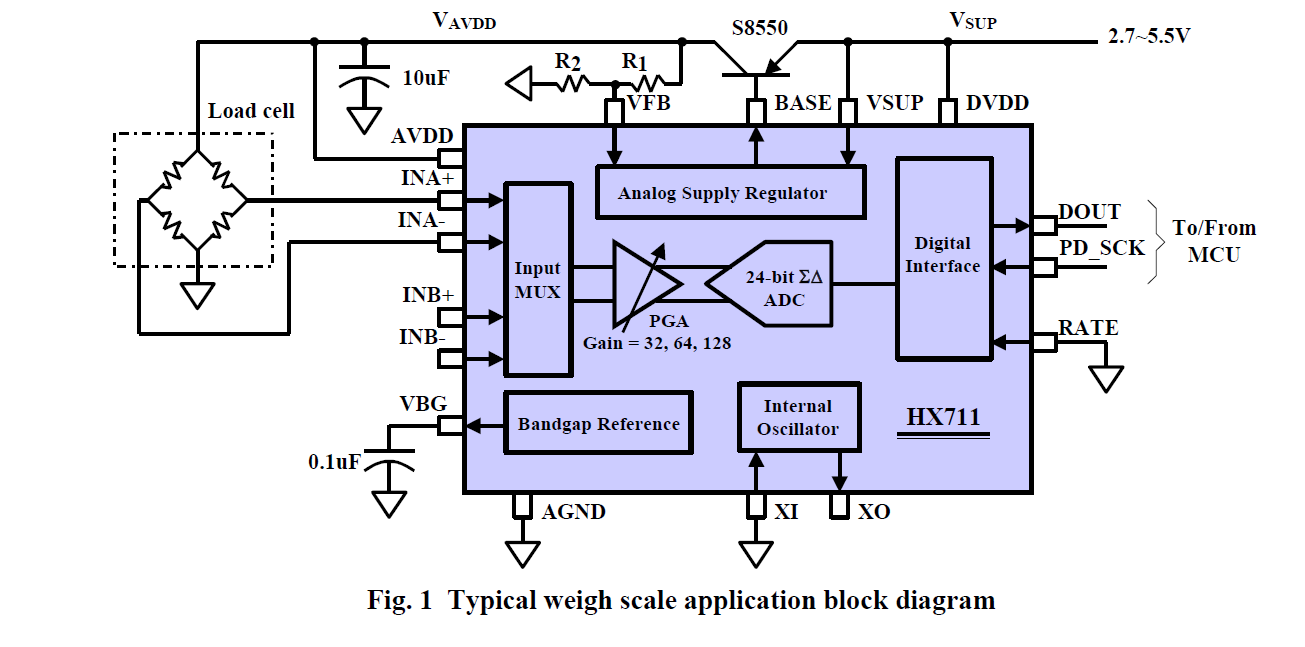The a load cell needs to have the signal amplified since it is a wheatstone bridge, which varies the resistance due to load on the cell.
$$V_G = \frac{R_2}{R_1+R_2}-\frac{R_x}{R_x+R_3}$$

To find the load you need to know the resistance, the difference in resistance is small so it needs an amplifier to find the resistance.
The HX711 is an instrumentation amplifier, which is essentially a volt meter. It subtracts \$ V_{measured} =Gain*(IN_{A+} -IN_{A-}) \$ and it also has a B channel that has a gain of 32, 64 or 128 \$ V_{measured} = Gain*(IN_{B+} -IN_{B-}) \$ 
The problem is there will be two gains in "series" if the high level amplified output version of the bridge is connected to the HX711. The other problem is the HX711 range is centered around AVDD/2 ±80mV on channel B. So you could hook up the \$ IN_{B+} \$ input on the HX711 to +Output on the "High Level Amplified Output" but the \$-IN_{B-}) \$ will need to be at AVDD/2, which could be accomplished by using a resistor divider. The problem is your dynamic range might be a problem, if the gain of the load cell is too high, then you will have a very small range that you will be able to sense.
The gains will be multiplied together. So lets say if the amplified bridge has a gain of 32 and the HX711 has a gain of 32 (on the B channel, the A channel is even higher at 64 or 128), then the total gain will be 1024 which will probably be too high for the intended application.

simulate this circuit – Schematic created using CircuitLab
If that won't work then just find a different ADC for the arudino Or use the other bridge (in which you would hook up +input to AVDD, -Input to GND, Output+ to A+ and Output- to A- (or you could use B respectively) .






